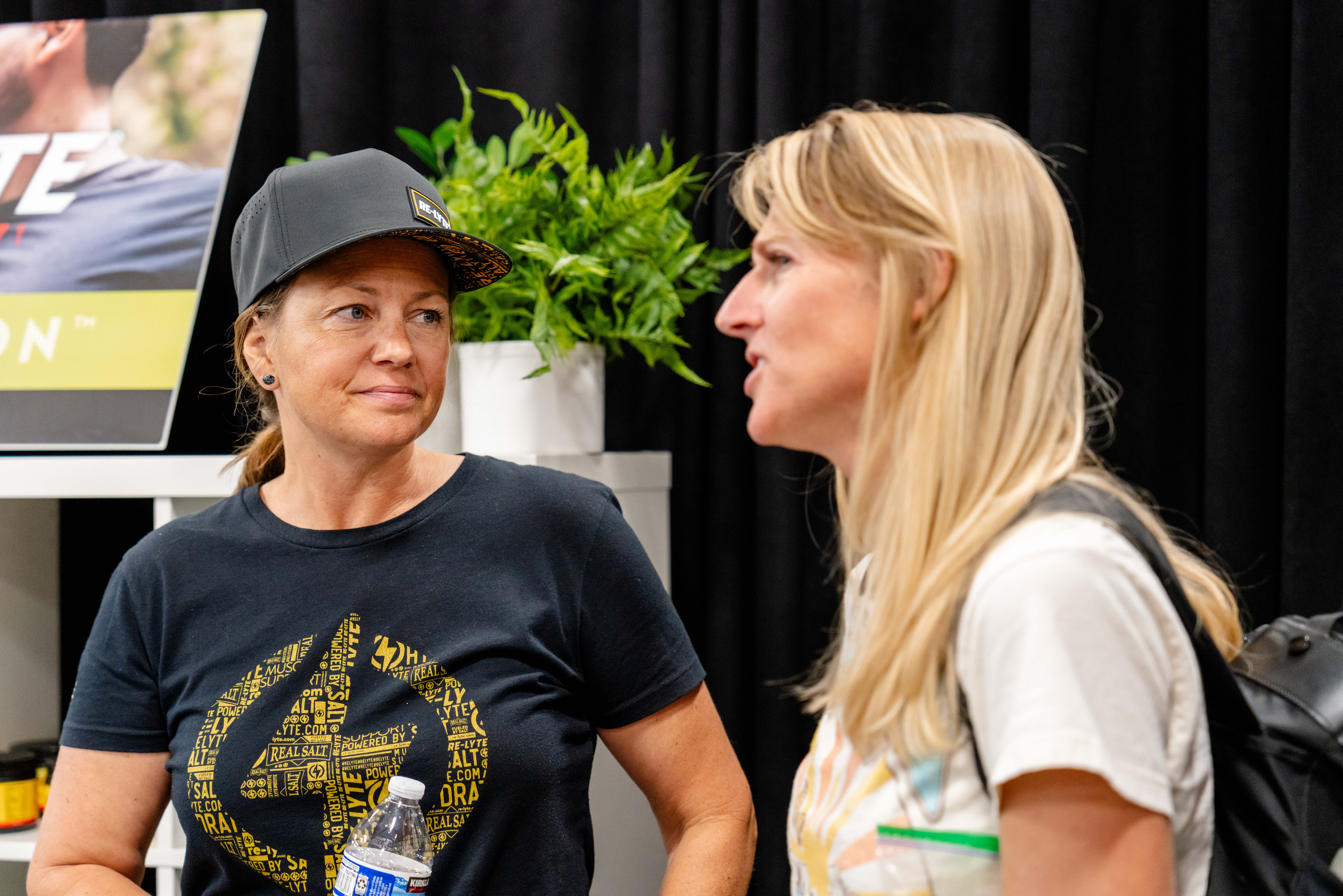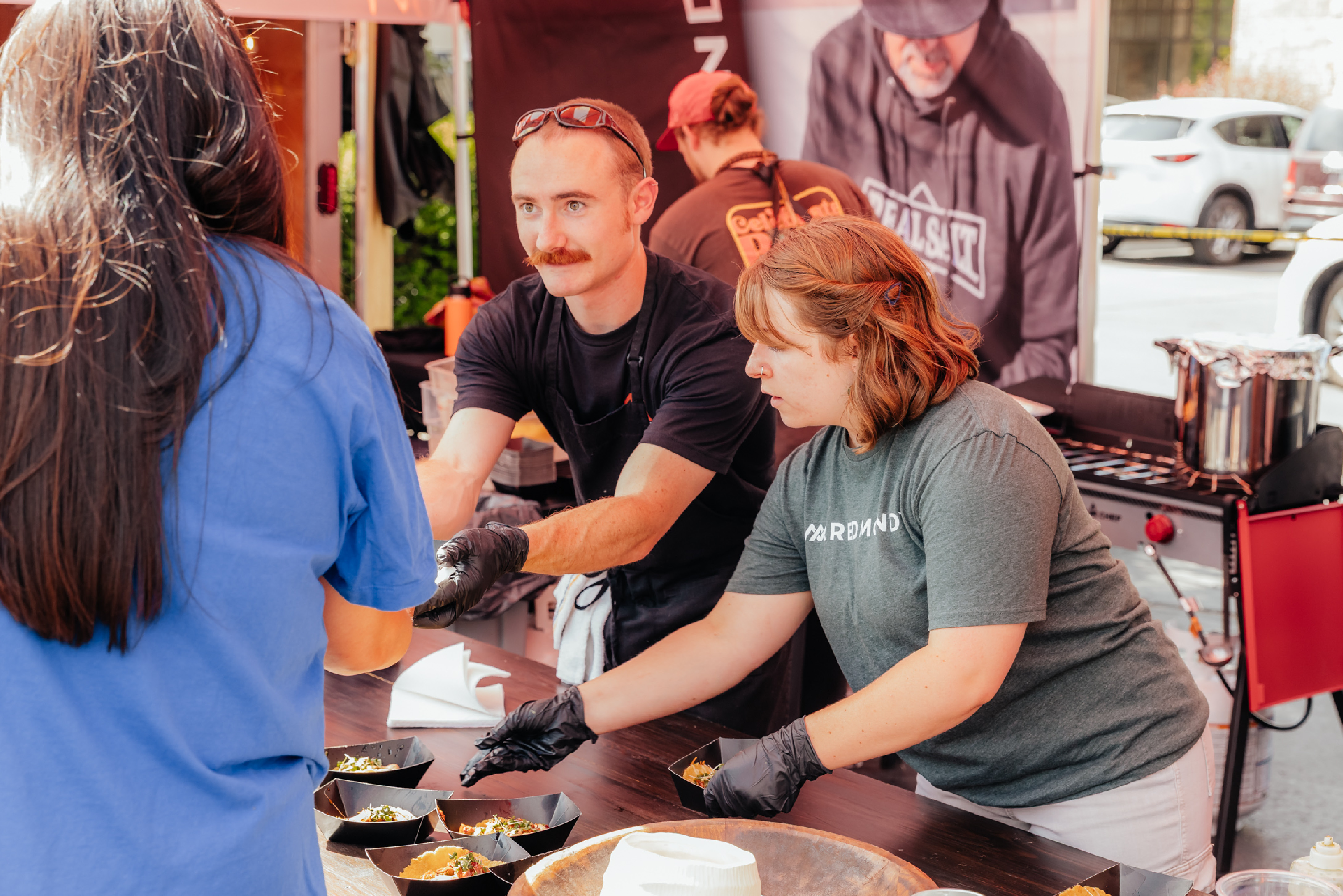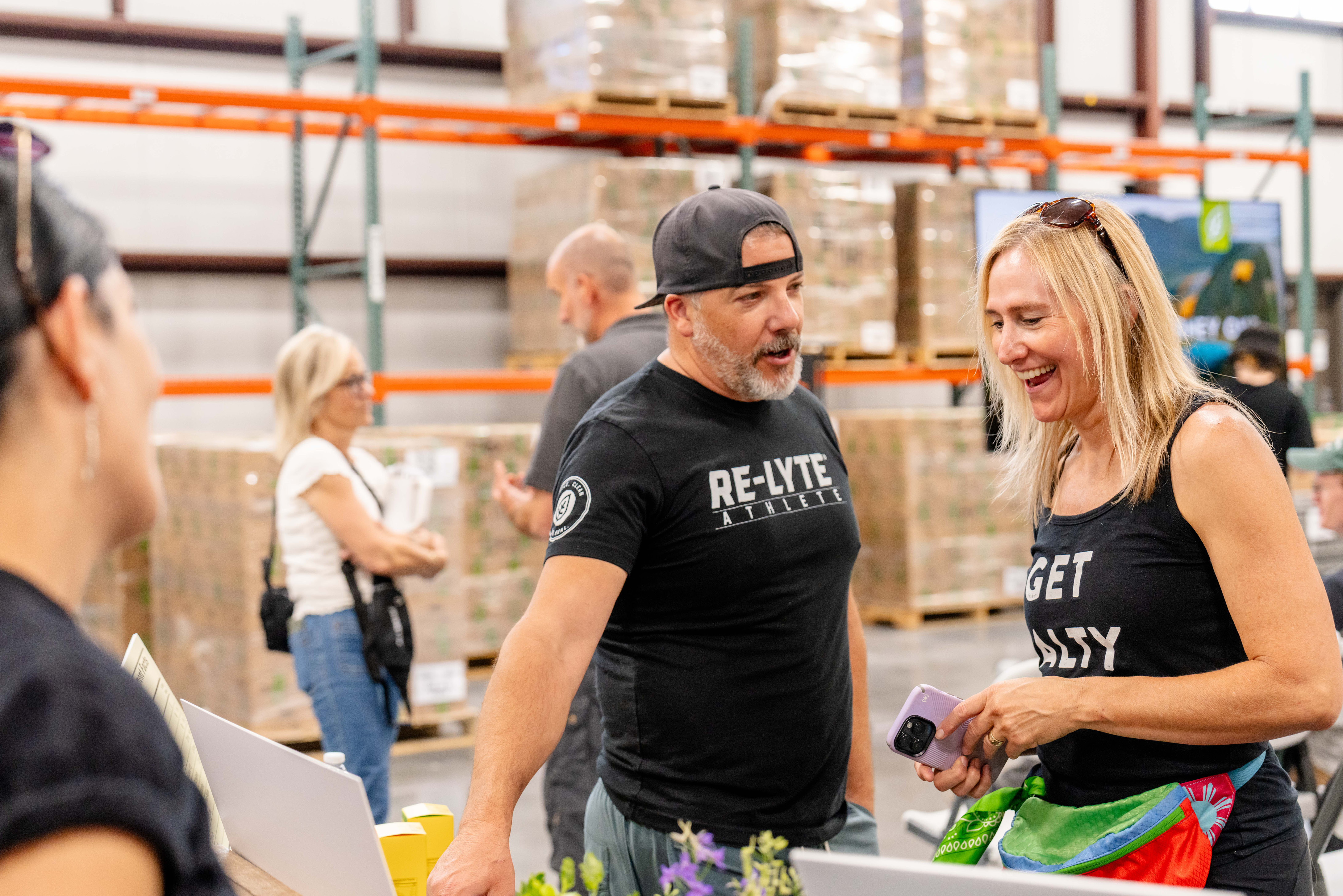Time to read: 3 minutes
Article at a glance:
- We prioritize helpfulness over job titles, focusing on what people are contributing rather than a job description.
- Roles at Redmond are expandable, allowing individuals to explore strengths, grow, and adapt based on team needs.
- This mindset fosters collaboration, reduces territorialism, and helps teams become more dynamic and resilient.
- Reflection is key! We regularly ask, “Where am I most helpful?” to align work with our cause.
At Redmond, we’re pretty loosey-goosey about roles and job descriptions. If you ask someone what their job title is, you might get a blank stare. Not because they don’t know, but because that’s not how we really think about our work.
More often, they’ll tell you what team they’re on, what projects they’re part of, and where they’re currently being helpful. You might hear:
“I write copy, help wrangle projects in Favro, and occasionally jump in on video shoots.”
Or:
“I do some backend dev work, help with launch plans, and work on process design.”
And honestly, the longer someone’s been here, the weirder and more random that list might sound. We like it that way.
Why We Don’t Reduce People to Roles

Instead of narrowing people to job titles, we center around helpfulness. It’s a subtle shift, but it makes a huge difference.
When we aren’t constrained by rigid roles or job descriptions, a few really good things happen:
- Collaboration gets easier. There’s less fear of stepping on toes because everyone’s here to contribute and be helpful, not defend territory.
- We can focus on helpfulness rather than titles. Helpfulness is about doing your best where you are AND keeping your eyes open for other needs you could possibly fill well.
- People expand and evolve. Without boxes to stay inside, people naturally explore new areas, test their strengths, and grow.
- Teams get stronger. When everyone’s focused on being helpful, the team becomes more adaptive, more capable, and frankly, more fun.
At Redmond, we’re building a culture where contribution matters more than control. In this environment, people are honored for their unique strengths, not slotted into narrow job lanes. That’s why job descriptions or roles are more like trailheads than tight lanes.
The Problem with Roles as Identity
Roles can become comfort zones. They tell you who you’re supposed to be. But they don’t always reflect who you actually are, or where you could grow next.
When roles become rigid, they stop honoring people. They limit natural curiosity. They slow down growth. And often, they prevent great collaborations from ever getting started.
We don’t want that.
Instead, we ask a different question: Where are you helpful?
Make It a Practice

One of the best ways to keep this mindset alive is to regularly reflect on where you’re helpful. Not just what’s on your to-do list, but where your energy is strongest, where your strengths show up, and where your teammates are benefiting from your work.
Try turning it into a simple reflection practice:
- Where was I helpful this week? (Make sure to ask other people about this too!)
- How is my current work affecting my team?
- Who can I talk to to learn more about where I’m most helpful? (Then go talk to them!)
- Is there anything else my team needs that I could help with? (Note: Talk to your team to see what they actually need. Don’t just assume!)
You don’t need permission to start thinking this way. And you don’t need to overhaul your role overnight. Just keep noticing. Keep exploring. Keep inching toward more contribution, more growth, and more joy in your work.
Because here, you’re not hired to fill a role. You’re invited to be helpful!


